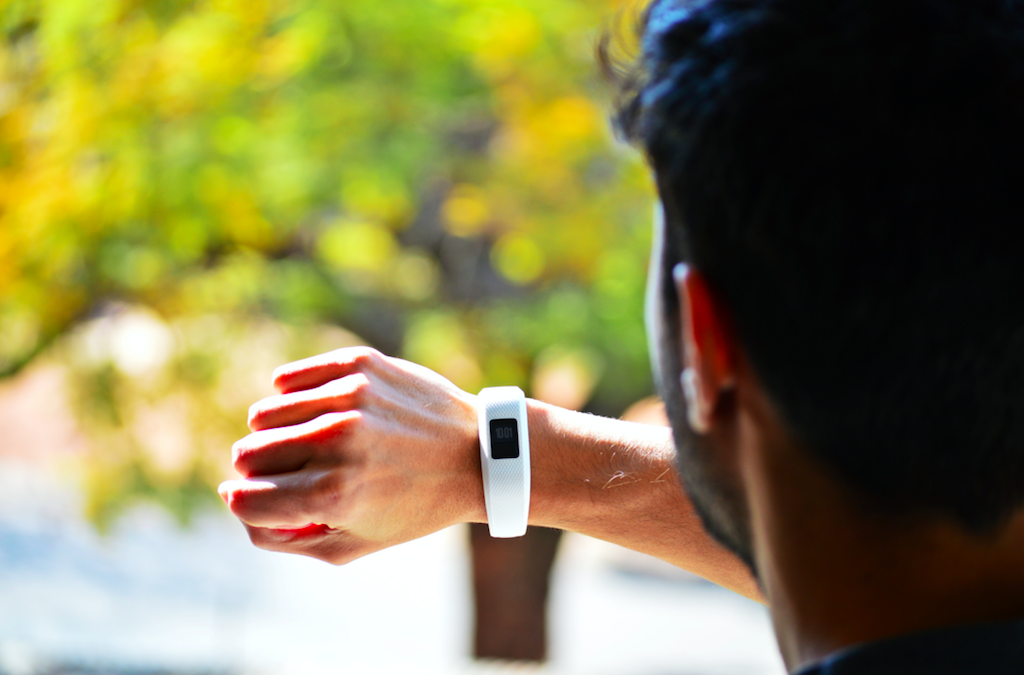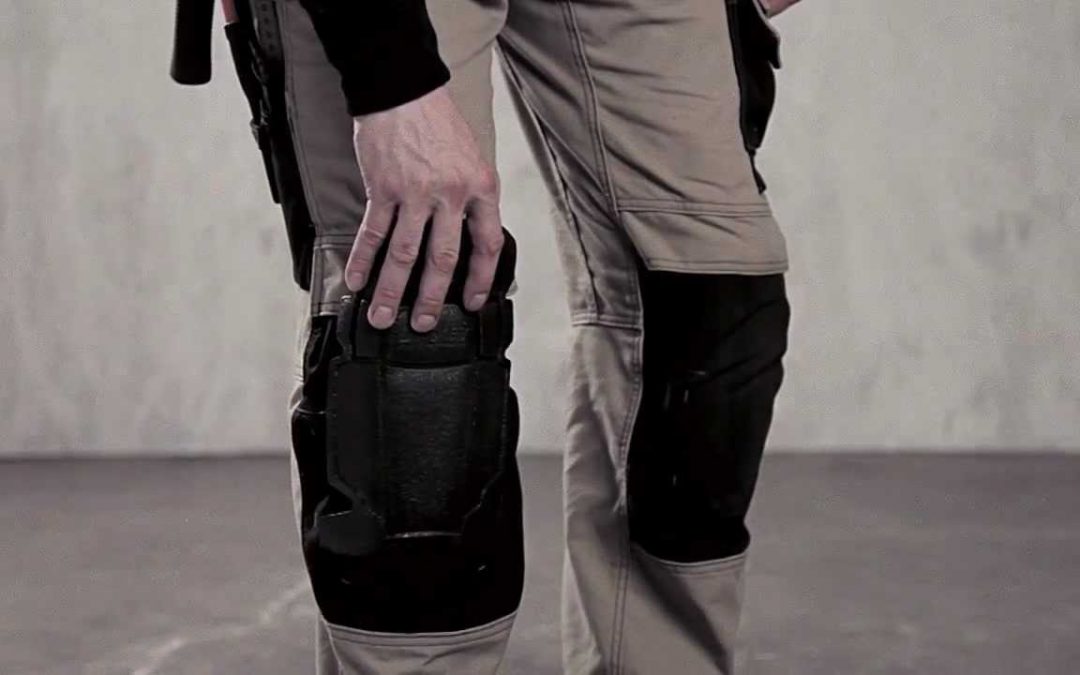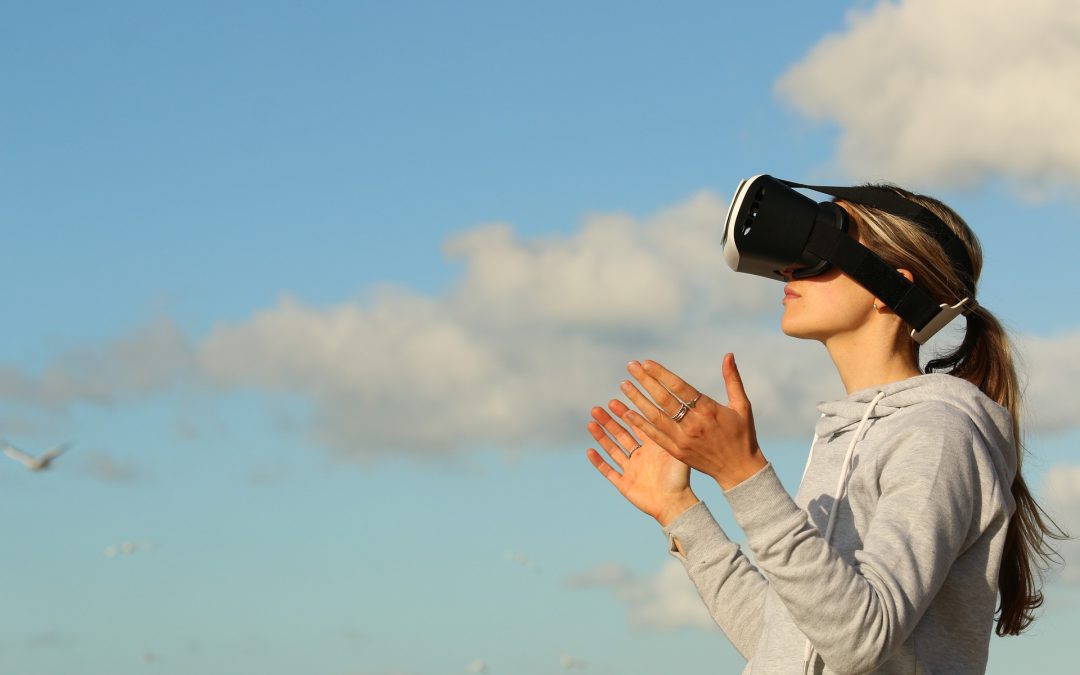
by Don Basile | Apr 19, 2019 | Tech
As personal health technologies such as wearable fitness and sleep trackers increase in popularity, we continue to see advancements in the convenient modern tech that allows us to monitor our health in increasingly complex and accurate ways. These steps forward leave us asking ourselves about the other ways we can use technology to improve our health. Recently, science has discovered that our intestines are much more important to our overall health than we previously thought, and as a result, we may just see gut trackers become the next big thing.
The importance of the gut stems from the enteric nervous system within our gastrointestinal tract. It is a lining made up of over 100 million nerve cells that span from the esophagus to the rectum that covers the entire gastrointestinal tract, and is commonly called our “second brain.” The gut has a direct relationship with the actual brain, and after sensing food or bacteria it will inform the nervous system, which relays this information to the brain and can affect behavior. Because of this connection, we are beginning to realize how we might treat particular disorders and conditions that may have links to the brain and to stress, such as obesity, anorexia, autism, and PTSD.
While our deeper understanding of the gut’s importance is still relatively fresh, the development of gut tracking technology has already begun to make headway, though most deal primarily with digestion. FoodMarble, a digestive health tech startup, is one of the first to produce a digestive tracker: a pocket-sized breath analysis device for users to track their digestion in real time.
When food isn’t quite fully digested, it ferments in the gut and produces hydrogen, most of which is exhaled naturally. FoodMarble users manually input what they’ve eaten and what relevant symptoms they are experiencing into an app, and the breath test is able to discern if the food has been fully digested. As you use the tracker more, the app will give you greater insights into how different types of foods, sleep quality, and stress levels affect their digestive health.
Other advancements in gut tracking are slightly trickier than a breath test. It’s hard to say what a “wearable” gut tracker would look like, but the closest thing to it is an ingestible tech pill developed by researchers at RMIT University in Australia. The pill closely tracks digestion through measuring the gases commonly found in the digestive system, such as hydrogen, oxygen and carbon dioxide.
Testing has already revealed new information to researchers. One such discovery is that the stomach releases oxidizing chemicals to break down foreign compounds that stay in the stomach longer than normal. The pill is a much less invasive option for monitoring gut health and human trials have been successful, so it may not be long before doctors are regularly using ingestible pills to help patients with gut problems.
Gut tracking options these days tend to have a purely digestive slant, but there remains great potential for gut trackers to dive into the gut-brain connection that is relevant to a multitude of issues. What if we had a gut tracker that could monitor the enteric nervous system and recognize when the synapses are being relayed from the brain and affecting the way the gut behaves? We are not quite there, but FoodMarble’s digestion tracker and the newly developed ingestible pill to track gut-gases are significant steps forward. Trackers that can monitor the gut-brain connection could very well be just around the corner.

by Don Basile | Mar 23, 2017 | Sports, Tech
Wearable technology is far from limited to watches and glasses. Though smart clothing is admittedly taking longer to catch on, the possibilities are really endless when apparel is ascribed that “smart” quality that makes IoT products unique.
What if, for example, your pants were embedded with sensors that could tell you about your body, movements, and need throughout the day? Smart trousers are far from just a pipe dream. With various different visions in mind, several technology/apparel companies are developing pants that do more than just fit.
Sweetflexx, for example, sells leggings with “resistance band technology” to help wearers burn up to 255 extra calories a day, when worn. Their unique fabric technology is designed with comfort in mind, with crushed jade stone infused to lower body temperature by 10 degrees, and harness everyday movement to challenge muscles and tone your body.
Another type of smart athletic pants, developed by Athos, measures your muscular effort and maps it on a smartphone app. The app can tell you whether or not you are reaching your maximum muscle potential, if you are favoring one side of your body of another, or if some muscles are working harder than others.
There are also “smart tights” available for yoga enthusiasts. Sydney-based Nadi X comes with an app, and areas of the tights vibrate where posture and form need to be adjusted.
But as we’re discovering more and more, wearables have application outside of just sports. As one example, wearable tech trousers for tradesmen have been designed to keep workers safe. Developed by Snickers — the workwear company, not the candy — the pants house a device that collects data to alert wearers about knee protection and loud noise levels. The idea is to improve the health and safety of the employees wearing them, who may not realize when their health or safety is threatened. The data collection element of these wearables can help employers make adjustments that ensure safer, healthier conditions for workers.
Does wearing smart pants, necessarily, make you a smarty-pants? Maybe! The whole point of wearable technology is to add value and function, and it follows that the more value an item of clothing has, the smarter an investment it is. Though the examples listed probably aren’t for everybody, they do a great job of demonstrating that wearable technology has potential beyond wristwear.

by Don Basile | Dec 9, 2016 | Sports, Tech
Virtual reality technology is slowly seeping into several industries, including marketing and casino gaming and even travel, as companies realize the power of virtual experiences. Now, we’re seeing virtual reality technology making waves in the fitness industry with the introduction of a full-body fitness program that aims to help players improve their fitness level without having to set foot in a gym.
Ryan DeLuca of Boise, Indiana, retired from Bodybuilding.com and then teamed up with tech designer Preston Lewis to launch a new company centered on fitness: Black Box.
Black Box creates a full-body workout program customized for the user and allows players to complete their challenges online with others from their home or office. Workouts are completed entirely in virtual reality so a gym membership becomes obsolete.
The creators of Black Box are currently testing the concept and experience in their office, working through all the drill sequences and developing a scoring system. It’s been coined, ‘the gym of the future’ and could very well lead a new generation of gym experiences that give users a chance to completely immerse themselves in a fitness experience while getting in shape.
The game is designed as an adventure or mission so it doesn’t feel like you are working out. According to Black Box VR, “You aren’t working out. You are saving a city. Or solving a mystery. Or finding the treasure….Functional fitness in a fictional world.”
The company has developed three 40-minute exercise routines with different scenarios and have integrated props, such as electronic cable systems, for resistance training into the game. The app that goes along with the game keeps track of performance and all the details of the workout so the user can make adjustments and set goals.
Black Box is getting ready to revolutionize the fitness industry with a no-gym-required workout program. It could very well be paving the way to the future of fitness where simulating movement in a fictional world is just as effective — and maybe even more so — than lifting a dumbbell or running on a treadmill at the local gym.


